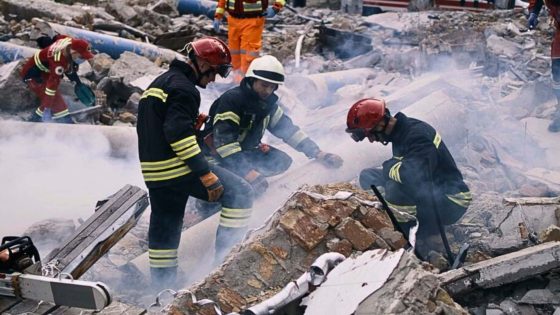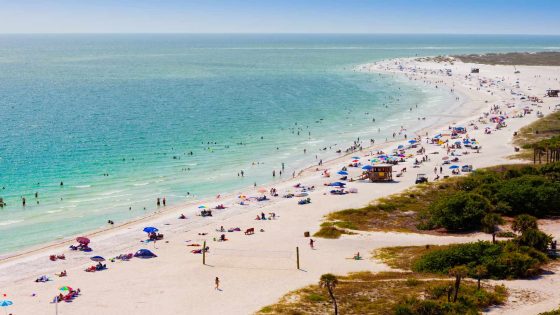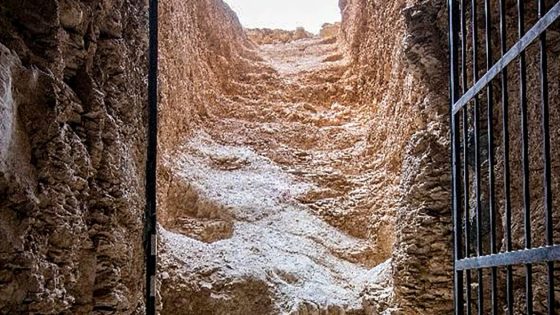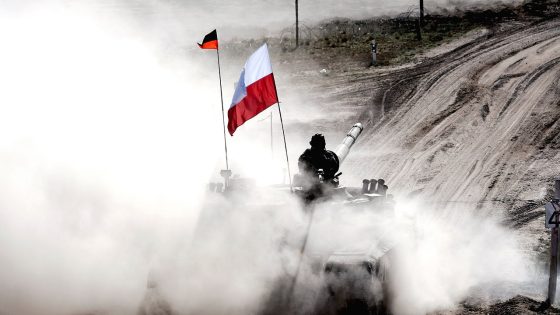On February 8, 2025, a 7.6-magnitude earthquake struck the Caribbean Sea, north of Honduras. The earthquake occurred at a shallow depth of 10 km, leading to significant shaking felt across the region.
- 7.6-magnitude earthquake struck Caribbean Sea.
- Tsunami alert issued for multiple territories.
- Warning lifted after monitoring confirmed safety.
- Caribbean region vulnerable to seismic activity.
- Increased risk of aftershocks predicted.
- Residents urged to remain vigilant.
The earthquake was confirmed by the united states Geological Survey (USGS) and the German Research Centre for Geosciences (GFZ), with the initial magnitude reported as 6.89 before being revised to 7.5 by GFZ and 7.6 by USGS. The U.S. Tsunami Warning System issued alerts for territories including Cuba, Honduras, the Cayman Islands, Puerto Rico, and the Virgin Islands. Forecasts indicated waves of up to 1 meter along the coasts of Honduras and the Cayman Islands, with Cuba potentially facing a 3-meter surge.
After several hours of analysis, the tsunami warning was lifted, confirming that the risk of major flooding had been ruled out. This earthquake is the strongest recorded in the Caribbean since a 7.2-magnitude tremor struck Haiti in 2021, which resulted in over 2,000 fatalities. The Caribbean region is known for its seismic activity due to tectonic interactions between the Caribbean Plate and the North and South American Plates.
According to Temblor.net, the Swan Islands Fault is now at an increased risk of aftershocks due to stress transfer models. There is a high probability of aftershocks occurring in the coming days, weeks, or even decades. Additionally, the rift connecting the Swan Islands Fault to the Oriente Fault may also be at risk of smaller earthquakes. While the remote location of this earthquake limited damage and casualties, it serves as a reminder of the seismic risks facing the Caribbean region.
This recent earthquake highlights the ongoing seismic risks in the Caribbean, emphasizing the need for continued monitoring and preparedness among residents in affected areas.

































